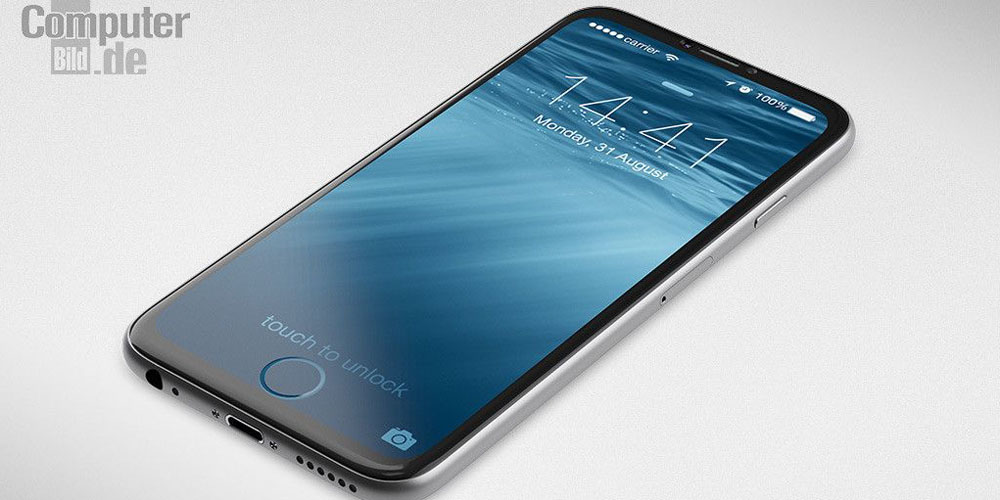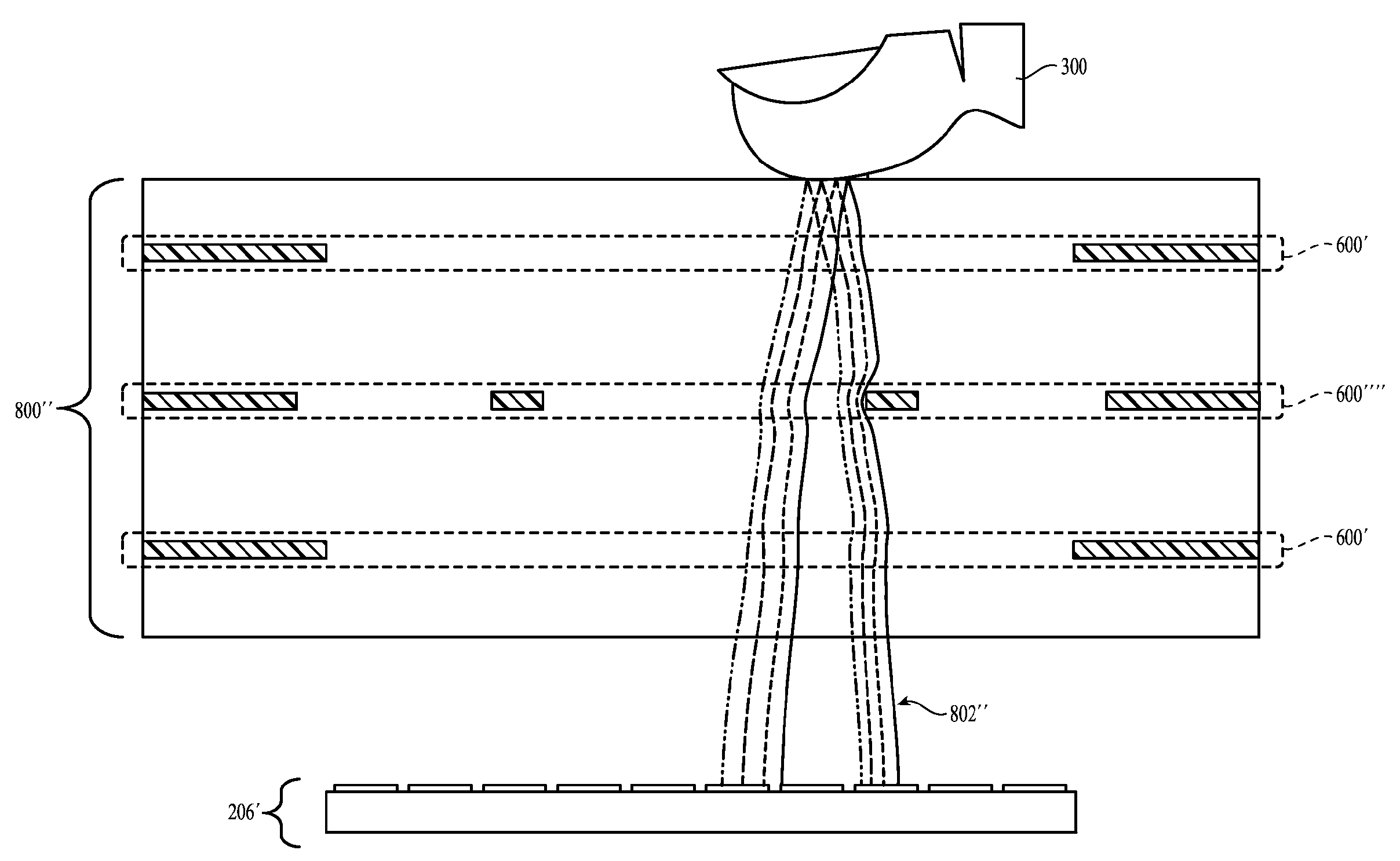
According to the most recent note to clients by Ming-Chi Kuo of TF Securities, the most reliably of Apple analysts out there, iPhones released in 2021 will feature both the Face ID authentication method and a new under-screen Touch ID sensor.
An expert from Kuo’s note to clients, obtained Monday by MacRumors:
In terms of technology, we predict that four critical technical issues of fingerprint on display technology will significantly improve in 12–18 months, including module thickness, sensing area, power consumption and lamination yield rate. Therefore, we believe that Apple will launch the new iPhone equipped with both Face ID and fingerprint on display to enhance security and convenience thanks to the multi-biometrics.
He thinks Apple will source the large-area sensing ultrasonic technology from GIS while Qualcomm will supply the ultrasonic module and lamination. Moreover, the revered analyst went on to speculate that Apple Watch could support the feature in the future.
Now, Kuo has earned his fame by having excellent sources in Apple’s supply chain in Asia who provide pieces of information that he puts together to form a bigger picture. This particular prediction, however, is based on Apple’s patents and the Android smartphone market.
Under-screen fingerprint sensing has matured enough to be now used more or less reliably as an authentication method on some Android handsets, like OnePlus 7 Pro. But the experience of using under-screen fingerprint readers on several Android phones that I’ve tried this far leaves a lot to be desired, especially on Galaxy S10. The technology just isn’t reliable enough to be used as a viable Touch ID replacement, in my humble opinion.

On top of that, various comments from Apple executives acknowledged that Apple at no point in time was testing in-screen fingerprint readers ahead of the iPhone X introduction, as the likes of The Wall Street Journal and Bloomberg suggested. Put simply, Apple didn’t spend years developing a Touch ID replacement only to supposedly decide to perhaps drop it for another form of fingerprint sensing which doesn’t work as great as the original Touch ID.
There’s also the case of security. Two-step verification stemming from two different biometric methods is more secure than having a single biometric solution, but it also makes the user experience less intuitive. But more importantly, fingerprint sensing is significantly less secure than infrared-based facial recognition employed by Face ID, with a 1 in a million chance someone could unlock your phone with their face versus the one in 50,000 odds of someone else’s fingerprint falsely unlocking it.
That being said, as someone who has used Face ID-outfitted iPhones for nearly two years now, I can definitely see how having both authentication methods actually could improve the user experience (rather than security): Face ID would remain as the primary authentication method for Apple Pay, App Store purchases and the like while Touch ID could be used to quickly unlock the device without having to stare at the TrueDepth camera.
Does that make any sense to you? For the sake of completeness, let’s point out that investment bank Barclays recently predicted that iPhones released in 2020 would adopt acoustic fingerprint sensors behind the display area, allowing for a full-screen Touch ID.
Thoughts on Kuo’s reports?
Let us know what you think by leaving a comment below.
Image: an iPhone with a Touch ID integrated into the display via Martin Hajek for Computer Bild